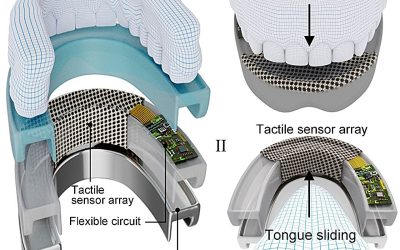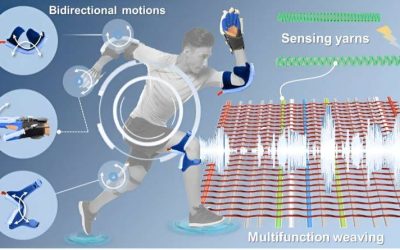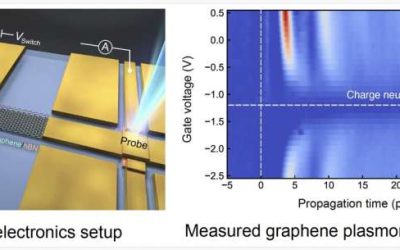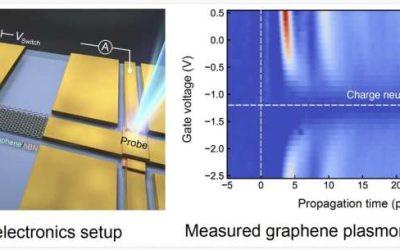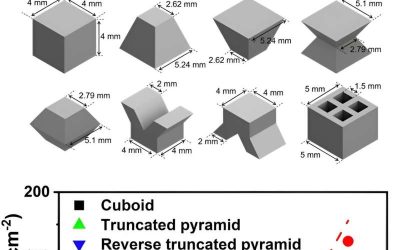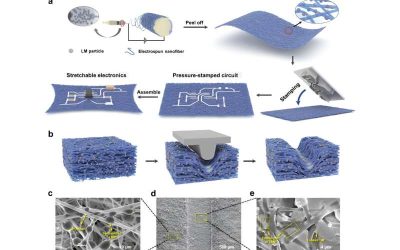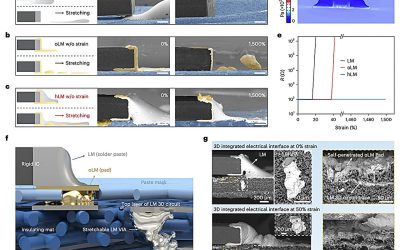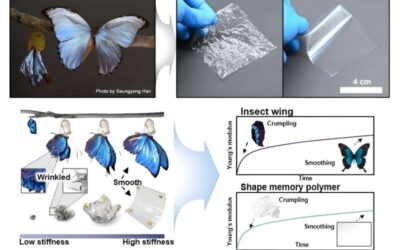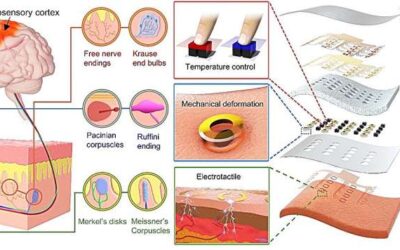Recent technological advances have enabled the development of a wide range of electronic devices designed to improve people's quality of life and assist them in completing their everyday activities. Most existing devices are operated via touch screens, keyboards,...
Hi Tech & Innovation
Scalable woven actuators offer new possibilities for robotics and wearable devices
Over the past few decades, electronics engineers have developed increasingly flexible, versatile and highly performing devices for a wide range of real-world applications. Some of their efforts have been aimed at creating smart and sensing textiles, which could be...
An aerial robot that can independently control its own position and orientation
Unmanned aerial vehicles (UAVs), commonly known as drones, are now used to capture images and carry out a wide range of missions in outdoor environments. While there are now several UAV designs with different advantages and characteristics, most conventional aerial...
Generating and detecting graphene plasmon polaritons with terahertz electronics
Graphene plasmon polaritons are a class of hybrid quasi-particles with advantageous optoelectronic properties. These particles have proved promising for the development of miniaturized nanoscale circuits that operate in the terahertz and mid-infrared regions of the...
A strategy to design better materials for thermoelectric power generation
In recent years, engineers and scientists worldwide have been working on new technologies for generating electricity from renewable energy sources, including photovoltaics (PVs), wind turbines and hydro-power generators. An alternative solution for mitigating the...
A new method to fabricate stretchable and breathable electronics
In recent years, engineers and material scientists have introduced increasingly flexible electronics that could be used to create new wearable devices, such as smart watches, biosensors and health-monitoring technologies. To be safely worn by humans for prolonged...
Flexible, permeable and 3D integrated electronic skin combines liquid metal circuits with fibrous substrates
In recent years, research teams worldwide have been trying to develop new flexible and soft electronics. These devices could have various potential applications, for instance helping doctors to monitor their patients' health conditions or supporting rehabilitation and...
An adhering, pure conducting polymer hydrogel for medical applications
The rapid advancement of electronics and artificial intelligence (AI) tools have opened interesting opportunities for the development of technologies for a wide range of applications. These include implantable devices designed to support the treatment of medical...
A butterfly-inspired design to create crumple-recoverable electronics
Over the past decades, electronics engineers have created devices of various shapes and with increasingly sophisticated designs. This includes electronics that can be folded onto themselves, such as foldable phones, along with various other compressible devices.
A skin-integrated multimodal haptic interface to produce immersive tactile experiences
Virtual reality (VR) and augmented reality (AR) technologies have become increasingly advanced over the past decade or so, enabling highly engaging gaming experiences and new forms of media entertainment. Yet there is still significant room to improvement,...

